Search
Did you mean: Vinland?
Search Results
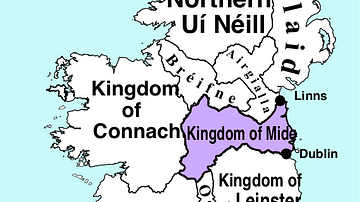
Image
Ireland c. 900 CE
Map of Ireland, c. 900 CE.
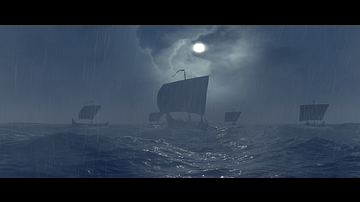
Definition
Bardr mac Imair
Bardr mac Imair (c. 873-881 CE, also known as Barid mac Imair, Barith, Baraid) was a Viking king of Dublin, son of the Viking king Imair (Imar, Ivan) who founded the Ui Imair Dynasty in Ireland. Bardr became king in Dublin after Imair's death...

Video
SHIPWRECK OF THE EMPRESS OF IRELAND
On May 29, 1914 the Norwegian ship the SS Storstad collided with transatlantic liner the RMS Empress of Ireland. The Empress was equipped with watertight compartments and unlike the Titanic which had sunk two years earlier it carried more...
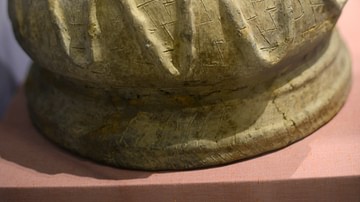
Image
Encrusted Urn from Ancient Ireland
Urn found at cist burial, Keenoge, Co. Meath, Ireland, 1900-1700 BCE.
National Museum of Ireland-Archaeology, Dublin, Republic of Ireland.
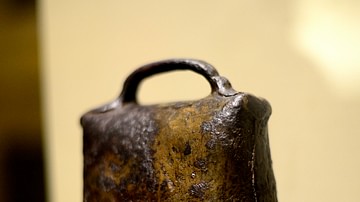
Image
Bell of St. Patrick, Ireland
Bell, made of two sheets of iron riveted together with a coat of bronze added to them, from Armagh, Co. Armagh, Ireland, 6th-8th century.The bell is reputed to have belonged to Saint Patrick and is one of the principal relics of Ireland...
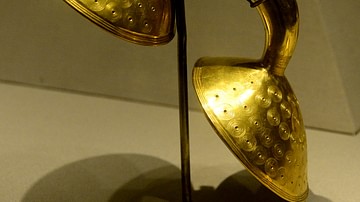
Image
Gold Dress Fastener from Ancient Ireland
Gold dress fastener from Clones, Co. Monaghan, Ireland, Late Bronze Age, c. 800-700 BCE.
National Museum of Ireland-Archaeology, Dublin.
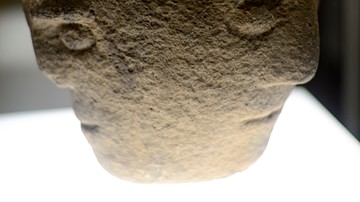
Image
Carved Stone Head from Corleck Hill, Ireland
Carved stone head (with 3 faces) from Corleck Hill, Co. Cavan, Ireland, 1st-2nd century.
National Museum of Ireland-Archaeology, Dublin.
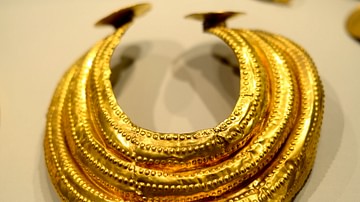
Image
Gold Collar from Ancient Ireland
Gold collar, Co. Clare, Ireland, c. 800-700 BCE.
National Museum of Ireland-Archaeology, Dublin.
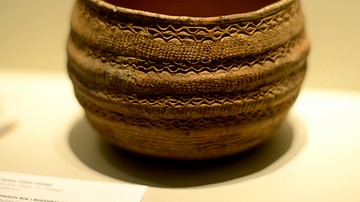
Image
Food Bowl from Ancient Ireland
Bowl found in Bohullion Upper, Co. Donegal, Ireland, c. 1800 BCE.
National Museum of Ireland-Archaeology, Dublin.
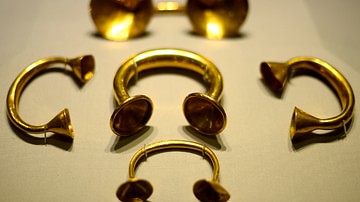
Image
Gold Bracelets & Dress Fastner from Ancient Ireland
Gold collection found near New Ross, Co. Waterford, Ireland, Late Bronze Age, c. 800-700 BCE.
National Museum of Ireland-Archaeology, Dublin.